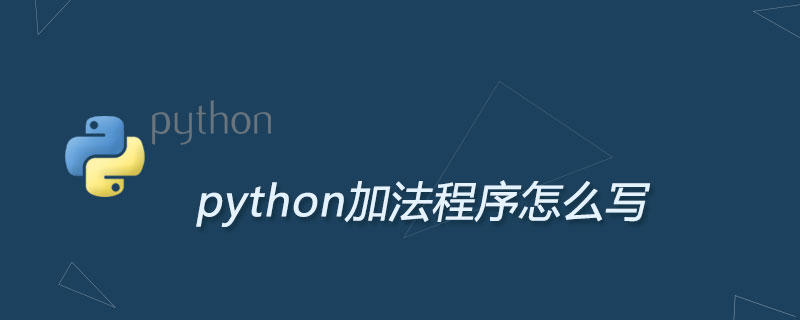![图片[1]-python如何自定义捕获错误-uusu优素-乐高,模型,3d打印,编程](http://uusucn.zbbe.cn/wp-content/uploads/2024/01/5d9fdd0b32d68186.jpg)
异常捕捉:
try: XXXXX1 raiseException(“xxxxx2”) except(Exception1,Exception2,……): xxxx3 else: xxxxx4 finally: xxxxxxx5
1.raise 语句可以自定义报错信息,如上。
2. raise后的语句是不会被执行了,因为已经抛出异常,控制流将会跳到异常捕捉模块。
3. except 语句可以一个except后带多个异常,也可以用多个语句捕捉多个异常,分别做不同处理。
4. except语句捕捉的异常如果没有发生,那么except里的语句块是不被执行的。而是执行else里的语句
5. 在上面语句中try/except/else/finally所出现的顺序必须是try–>except X–>except–>else–>finally,即所有的except必须在else和finally之前,else(如果有的话)必须在finally之前,而except X必须在except之前。否则会出现语法错误。
6.else和finally都是可选的.
7.在上面的完整语句中,else语句的存在必须以except X或者except语句为前提,如果在没有except语句的try block中使用else语句会引发语法错误。
异常参数输出:
try: testRaise() exceptPreconditionsExceptionase:#python3的写法,必须用as print(e)
自定义异常,只需自定义异常类继承父类Exception。在自定义异常类中,重写父类init方法。
classDatabaseException(Exception): def__init__(self,err='数据库错误'): Exception.__init__(self,err) classPreconditionsException(DatabaseException): def__init__(self,err='PreconditionsErr'): DatabaseException.__init__(self,err) deftestRaise(): raisePreconditionsException() try: testRaise() exceptPreconditionsExceptionase: print(e)
注意:PreconditonsException又是DatabaseException的子类。
所以如果,raise PreconditionException的话,用两个异常类都可以捕捉。
但是, 如果是raise DatabaseException, 用PreconditonsException是捕捉不到的。
原文来自:https://www.py.cn© 版权声明
文章版权归作者所有,未经允许请勿转载。
THE END



















































暂无评论内容